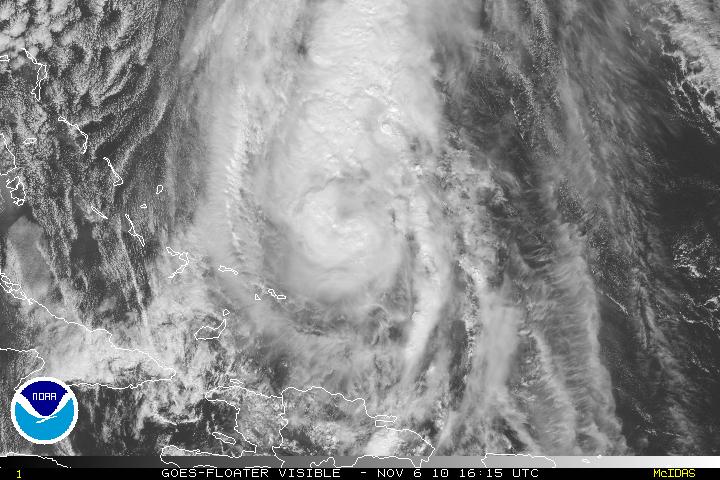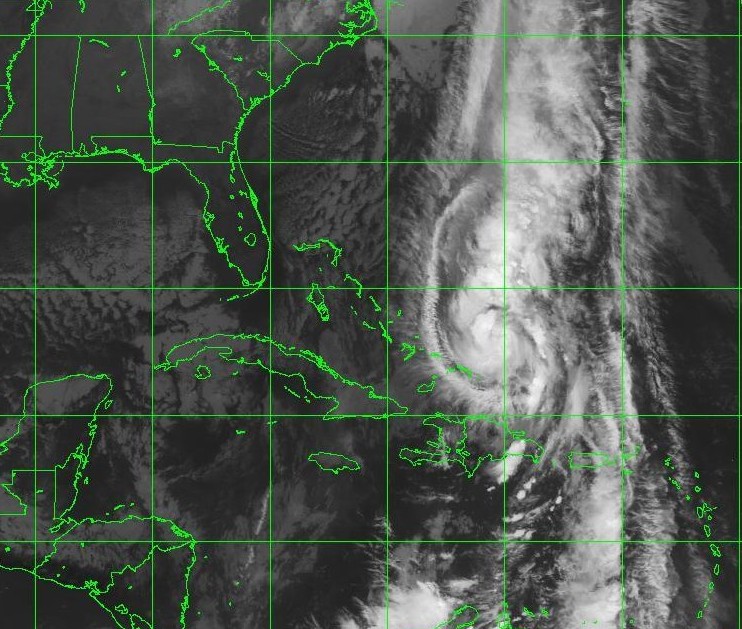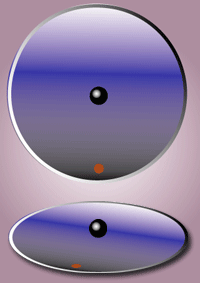Although Tropical Storm Tomas is still around after hitting Eastern Cuba, Haiti, and the Turks and Caicos Islands in the southern Bahamas Рit is moving away and that should be the end of the hurricane season. Officially the season does not end till November 30th. Hopefully, Tomas will be very last of any tropical cyclones. At the moment, I see no models forecasting tropical development. It is way to early to even project or forecast what the season will be like next year. Will we have a very strong La Ni̱a and how will the SOI (Southern Oscillation Index) fall into play?
IF this the last blog for the hurricane season, please be sure to continue to use the weather site The Coriolis Effect for both the winter and summer (Tropical) updates. For next hurricane season I hope to implement a daily tropical weather update screencast, a forum and anything I can come up with (or something users ask me to add if at all possible). This blog will continue, just with other categories.


